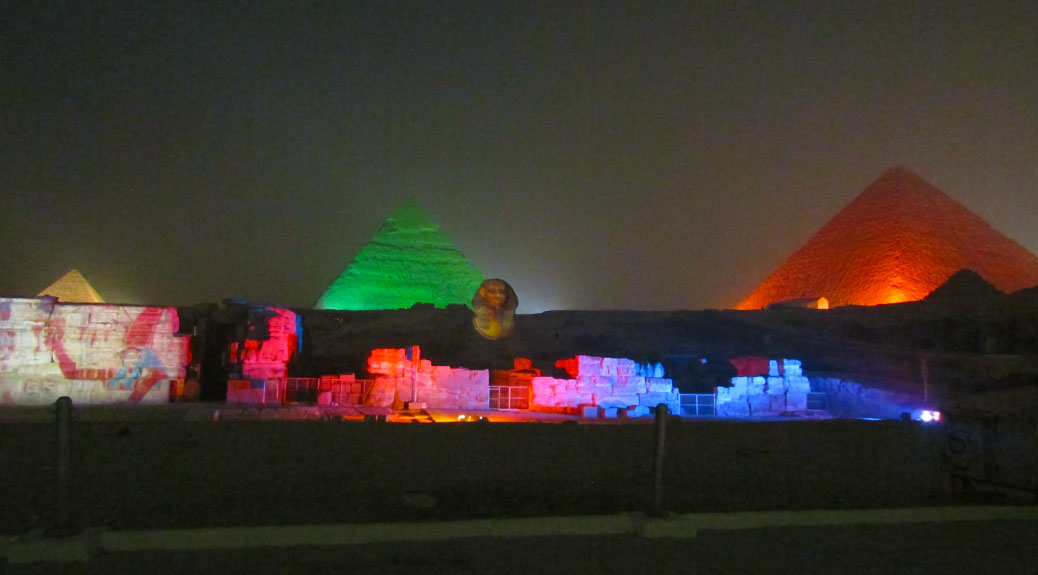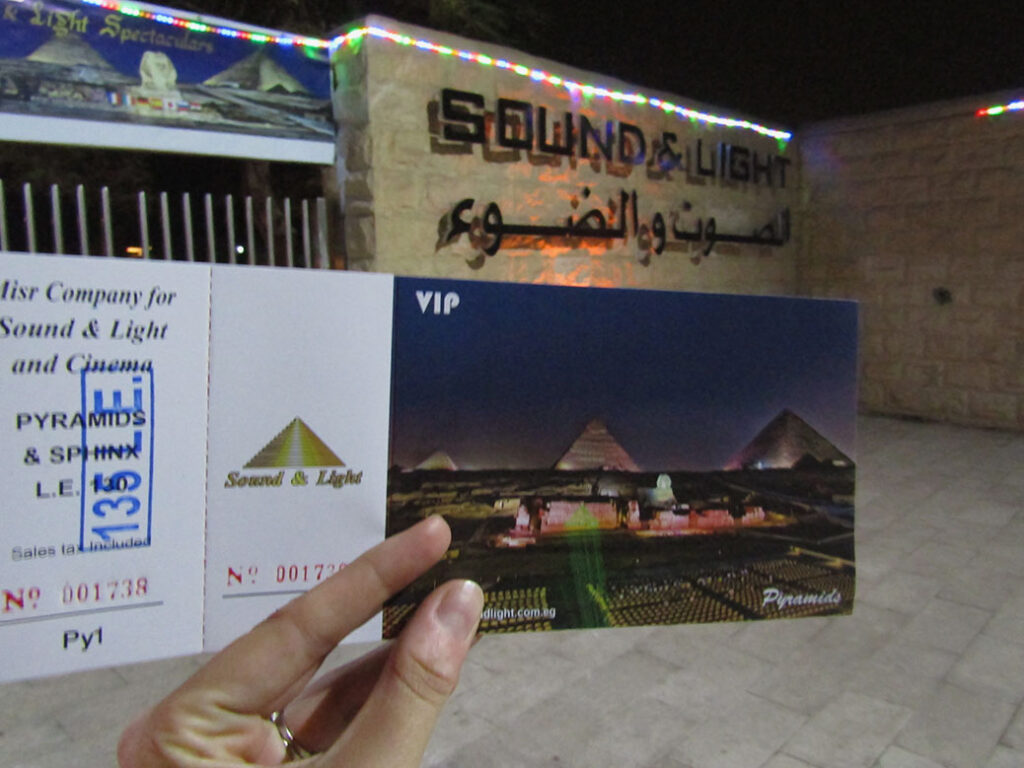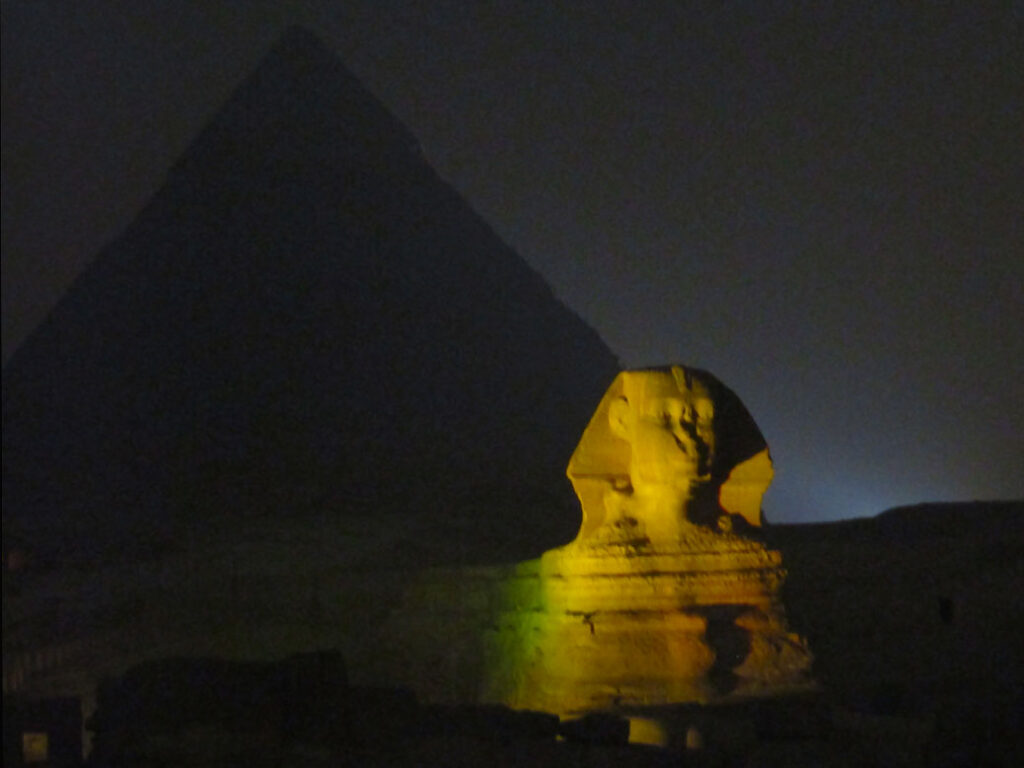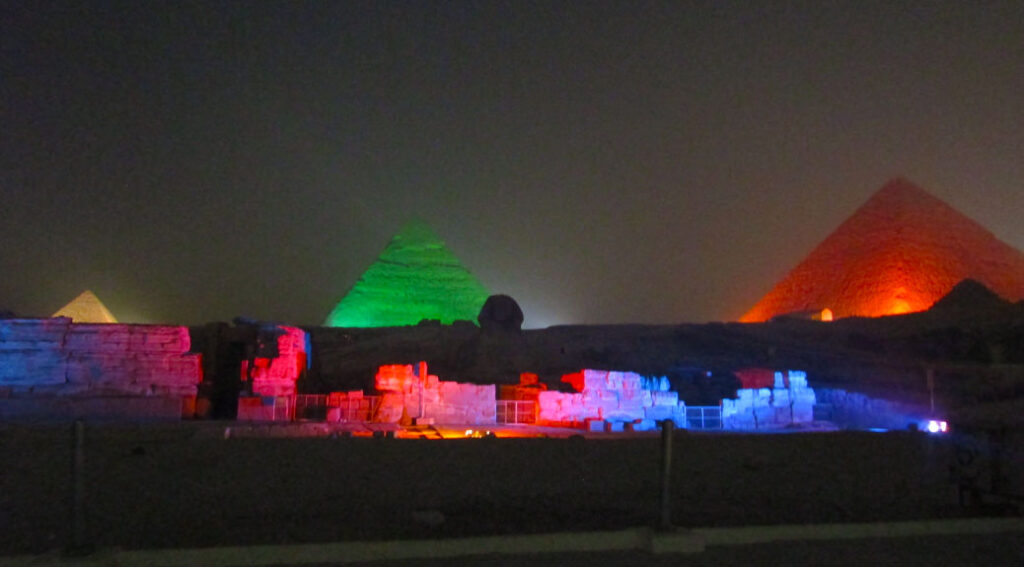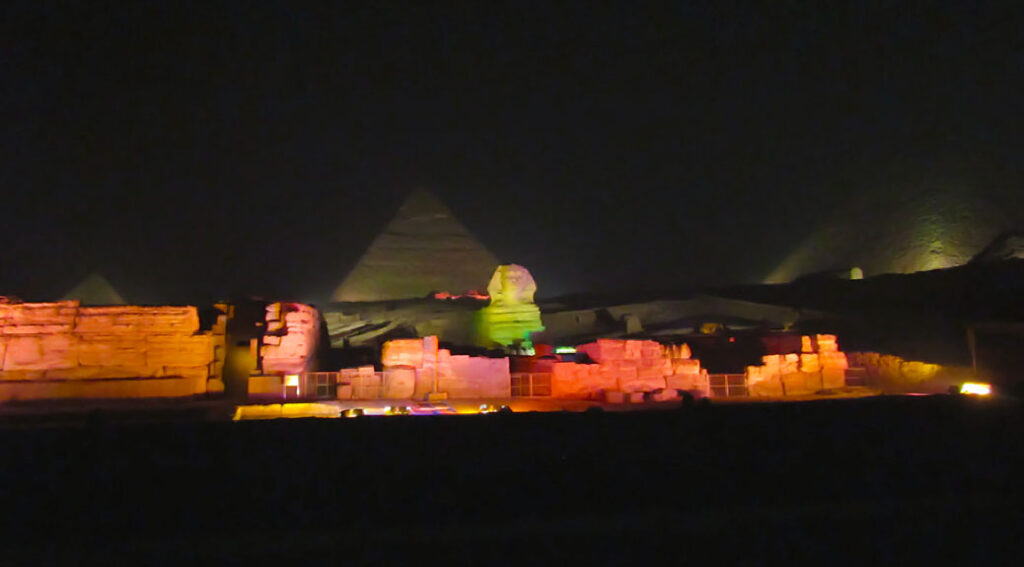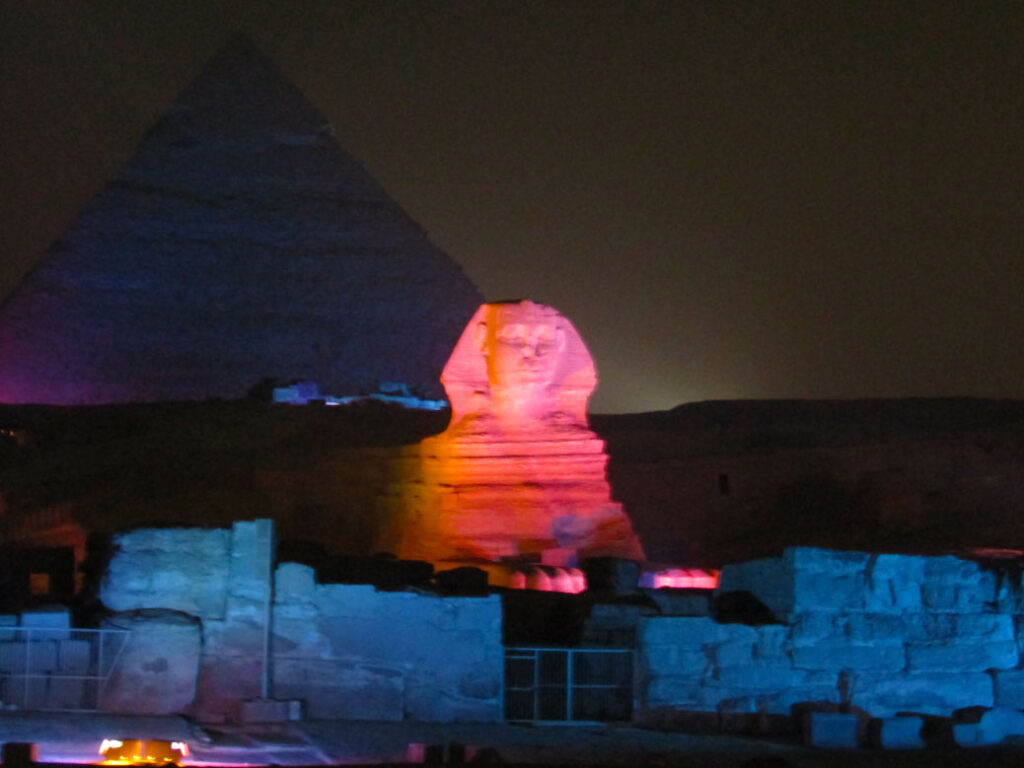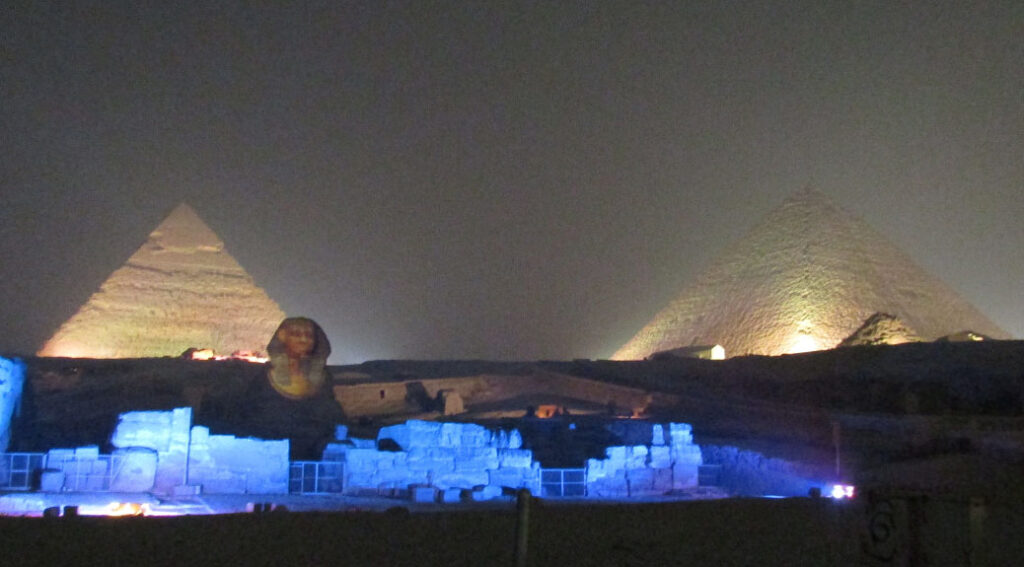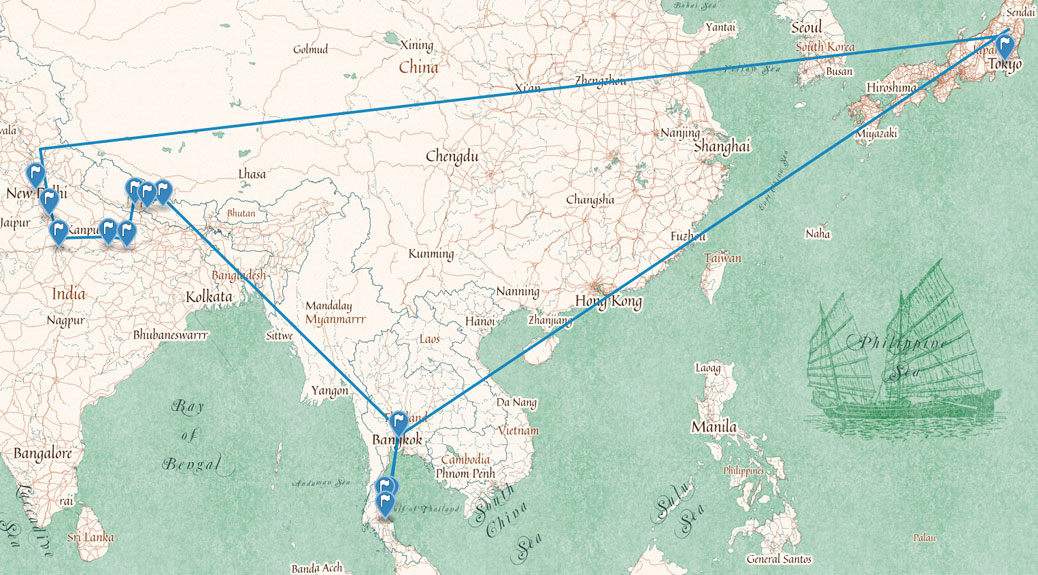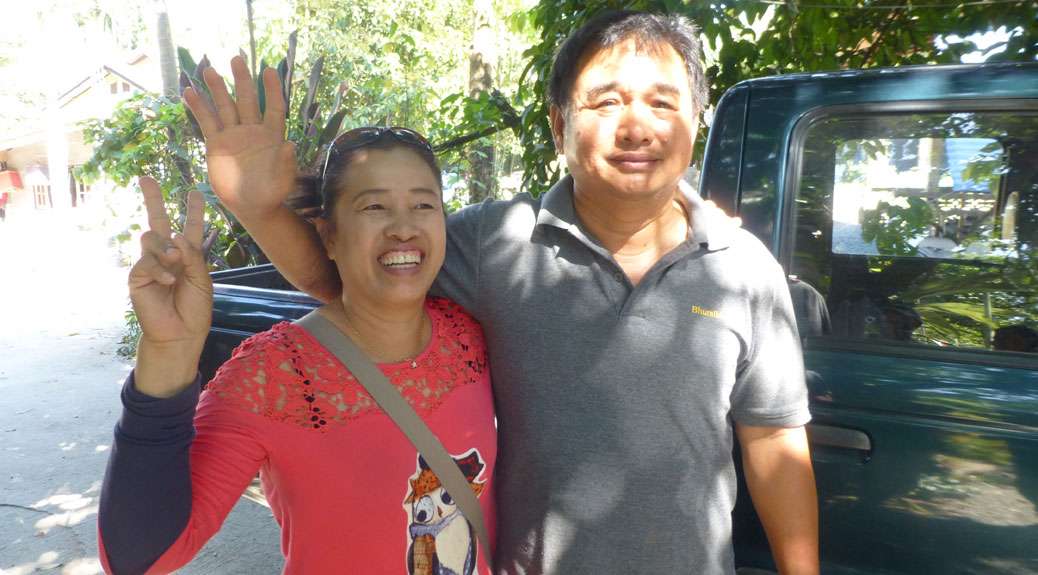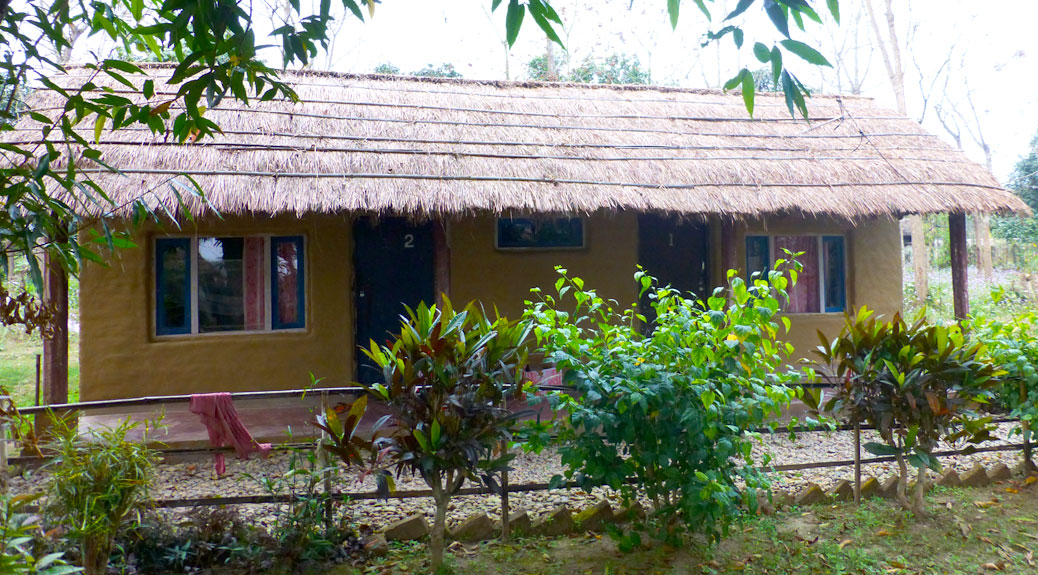I was very fortunate to be invited by my friend, co-worker and fellow Cascadian Becky to join a desert horseback ride to see the Giza Pyramids. She has been taking lessons at Cairo Horse Riding School, which has beautiful facilities in Giza.

Although the last time I rode a horse was during a childhood summer camp, I couldn’t pass up an opportunity to experience a different perspective of the pyramids. The owners of the school, Tamer and Jenny, were very friendly and patient with this beginner. Tamer stayed near me and led my horse, Sumayah, a white Arabian.


Especially because I’m not too keen on riding a camel due to ethical reasons, I definitely recommend the experience as an alternative way to see the villages and stables in Giza and the neighboring Great Pyramids.

It was a very quiet and peaceful experience. Parts of the desert felt like we were in another world or the set of “Star Wars,” which was filmed in Tunisia, not too far from here, I guess!
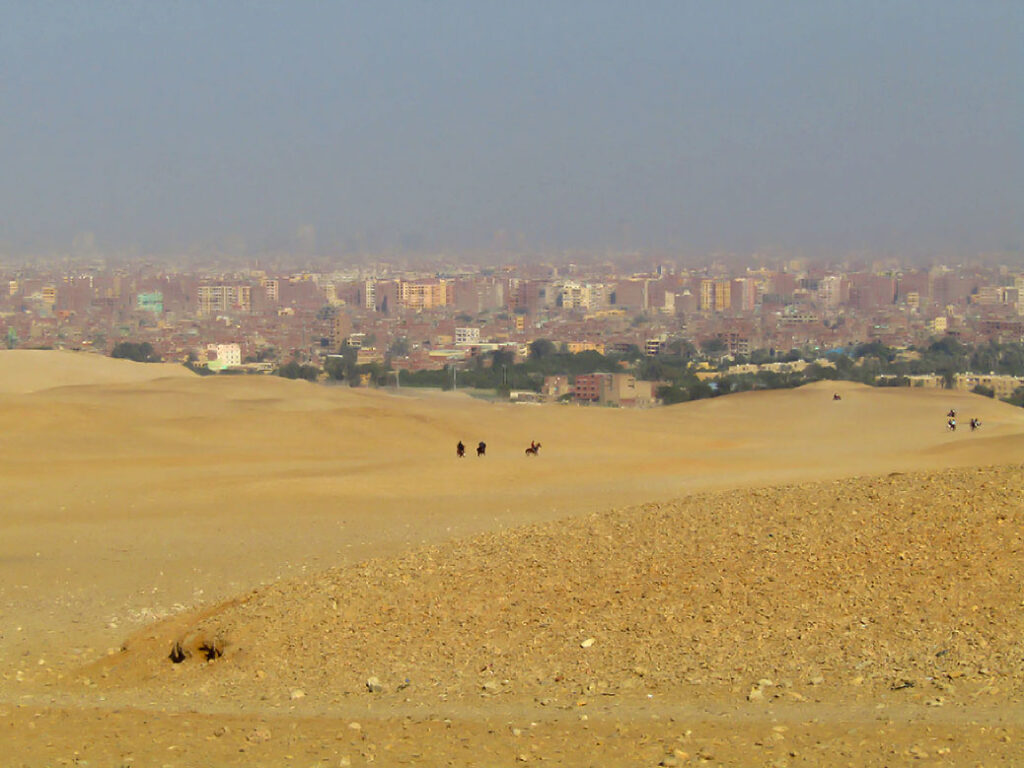
We saw Egyptian riders at full gallop enjoying the wide, open space of the desert. Because it is December, it wasn’t too hot, but the sun is still pretty powerful. And there was a desert wind, as the sound on my short video reminded me.


When we reached the viewpoint of the Giza Pyramids, we stopped at a tent, where a man came out to take our order for tea and cold beverages. I could get used to this view and service! And now I have seen the pyramids from the north, east and south (desert).

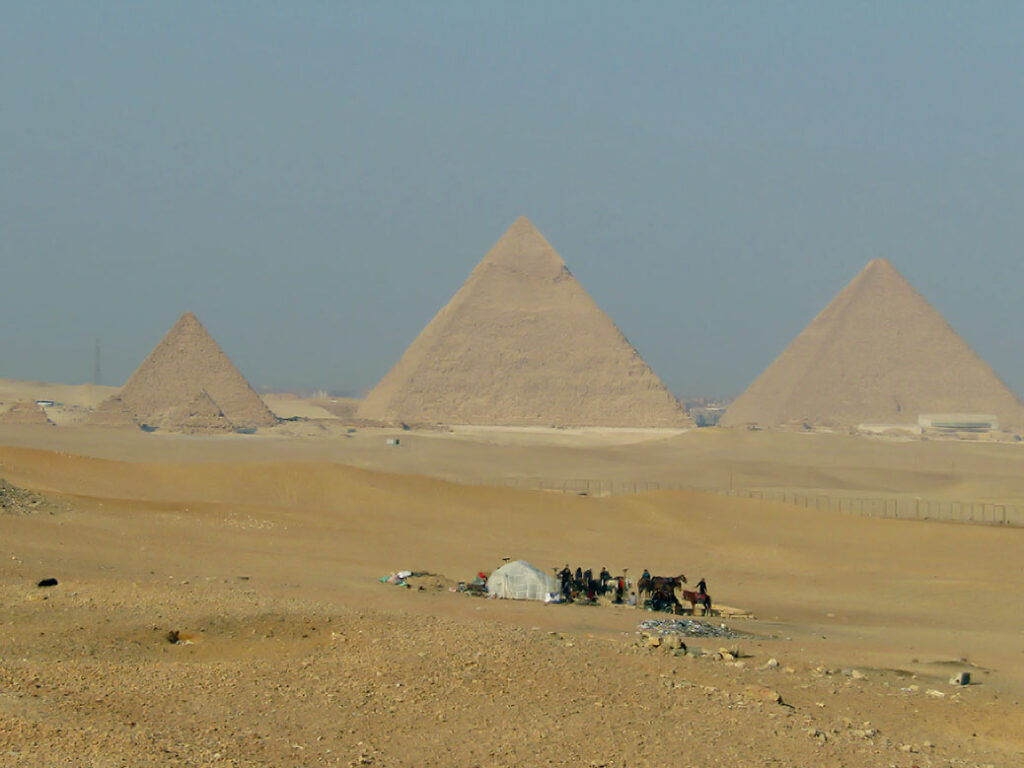
Thank you for the unforgettable experience.
Video: Horseback Riding at the Giza Pyramids
If You Go…
Cairo Horse Riding School Desert Rides
- Giza, Egypt
- About 2-3 hours for saddling up, riding and rest break
- Very safety-minded, using helmets and precautions
- Horses are very well taken care of
- About $20 USD


